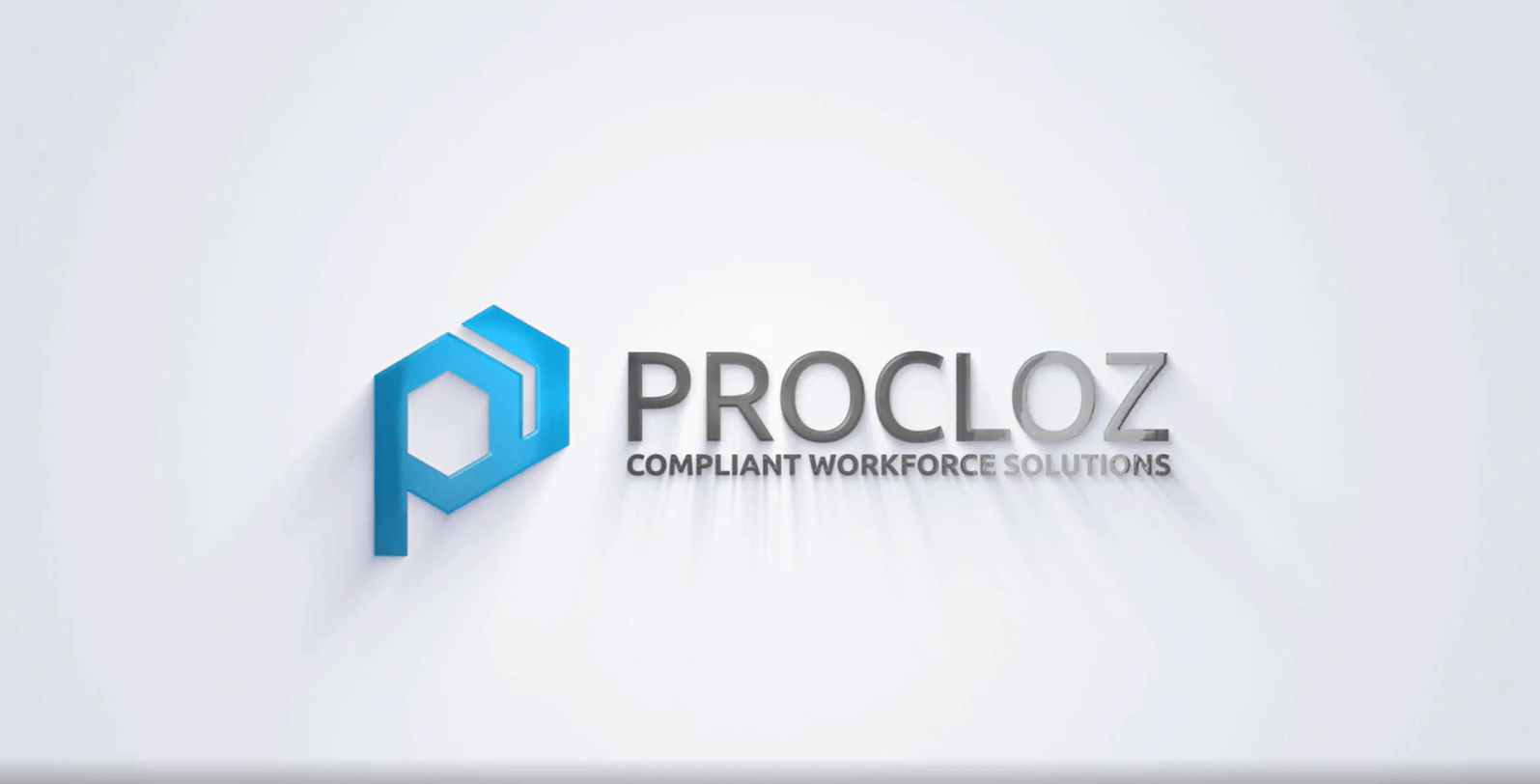Payroll management is more than just calculating salaries—it’s the backbone of a business’s financial health, impacting everything from employee satisfaction to legal compliance. Done right, it boosts morale, ensures compliance with labor laws, and strengthens budgeting and decision-making. However, even with its critical role, payroll mistakes are all too common. From payroll fraud, which can go undetected for up to 18 months, to human errors in manual processes, these slip-ups can lead to serious financial and legal consequences.
In this article, we’ll dive into 10 common payroll mistakes businesses often make and how to avoid them. Stay ahead of these risks to protect your company and keep your workforce satisfied.
Top 10 Payroll Pitfalls to Avoid
1) Ghost Employees
This type of payroll fraud happens when a former employee remains on the payroll, and a payroll team member redirects their salary to a personal or third-party account. It can also involve illegitimate payments disguised as salary payouts, often resulting in overpayments.
2) Timekeeping Fraud
Inadequate oversight, especially with remote work or manual time tracking, can lead to employees inflating their work hours. These minor additions might slip past reviews, but over time, they can significantly benefit hourly workers or those eligible for overtime.
3) Proxy Attendance Punching
This occurs when an employee clocks in or out on behalf of an absent coworker. If not monitored, this practice can spread. Solutions include tighter supervision, strict penalties, and implementing biometric systems to ensure accurate attendance.
4) Employee Misclassification
Incorrectly classifying full-time, part-time, or contract employees can lead to errors in payroll taxes and benefits. Intentional misclassification to cut costs is a form of payroll fraud. A report by the National Employment Law Project found that 10-30% of employers misclassify workers as independent contractors to save on payroll taxes and related expenses.
5) Security Breaches
Payroll data, including sensitive information like bank account details and tax IDs, can be vulnerable to cyberattacks or poor security practices. Breaches can lead to identity theft, financial fraud, or incorrect payroll transactions.
6) Fraudulent Expense Claims
Employees may submit fake or inflated expense claims, or tag personal expenses as business-related. Duplicate or out-of-policy reimbursements can be hard to detect, particularly in companies with many field-based workers or frequent travelers.
7) Dependence on a Single Payroll Employee
Relying too heavily on one person for payroll tasks is a common weak spot, especially in smaller businesses. When one person manages everything from adding employees to reconciling bank statements, errors and fraud can go unnoticed. If this key individual is unavailable, the payroll process can be disrupted.
8) Compliance Errors
Payroll involves adhering to ever-changing tax laws and labor regulations. Failing to keep up with these changes can result in costly penalties and potential lawsuits for non-compliance.
9) Payroll Data Loss
Storing payroll data on paper or individual devices poses risks of damage, corruption, or loss. Regulations require secure storage systems, proper backups, and disaster recovery plans to safeguard this critical information.
10) Poor Downstream Data
According to the latest EY Global payroll survey, poor source data is a major challenge for payroll functions. Without structured data governance, data entering the payroll application may be inaccurate, incomplete, or inconsistent, leading to payroll mistakes and non-compliance.
Best Practices for Reducing Payroll Risks
1) Identify
Conduct a comprehensive AS-IS assessment of payroll processes, IT applications, and third-party partners to identify potential errors or frauds.
2) Prioritize
Rank risks based on their probability of occurrence and potential impact. For instance, using manual timesheets without supervision presents a high probability and severe impact for timekeeping fraud.
3) Define
Based on the prioritization, determine appropriate responses: eliminate risks where possible, enhance risk controls where elimination isn’t feasible, transfer the risk to an outsourcing partner, or tolerate the risk within acceptable limits.
4) Monitor
Continuously monitor error and fraud rates through automated reports and conduct regular forensic audits to ensure ongoing risk management.
Conclusion
According to PwC’s Global Economic Crime and Fraud Survey, companies that proactively invested in fraud prevention control programs experienced 42% lower response costs and 16% fewer fines and penalties. Today, payroll challenges are on the rise, especially with the growth of the gig economy, remote work arrangements, and flexible scheduling.
Trying to simplify your payroll management? Look no further than Procloz, your trusted partner in technology-driven payroll services. Our advanced payroll solutions combine the power of business automation and the expertise of Employer of Record services. With a global presence, including specialized Australian payroll services, we ensure accurate and compliant payroll processing, tax filings, and employee benefits administration. Bid adieu to complex payroll processes and welcome streamlined efficiency with Procloz handling your payroll needs.














